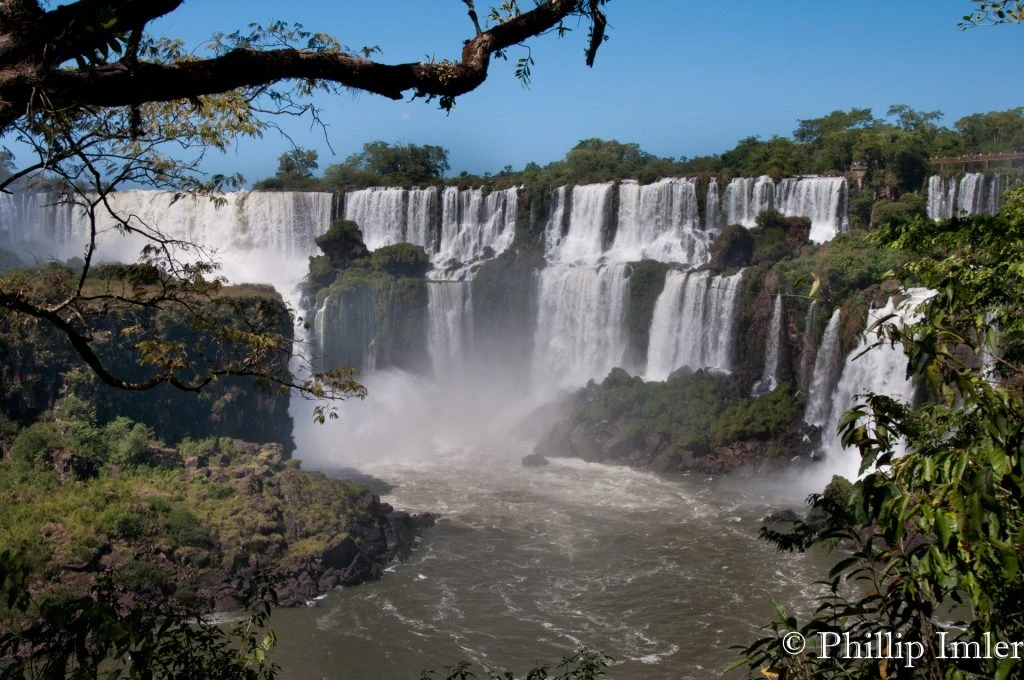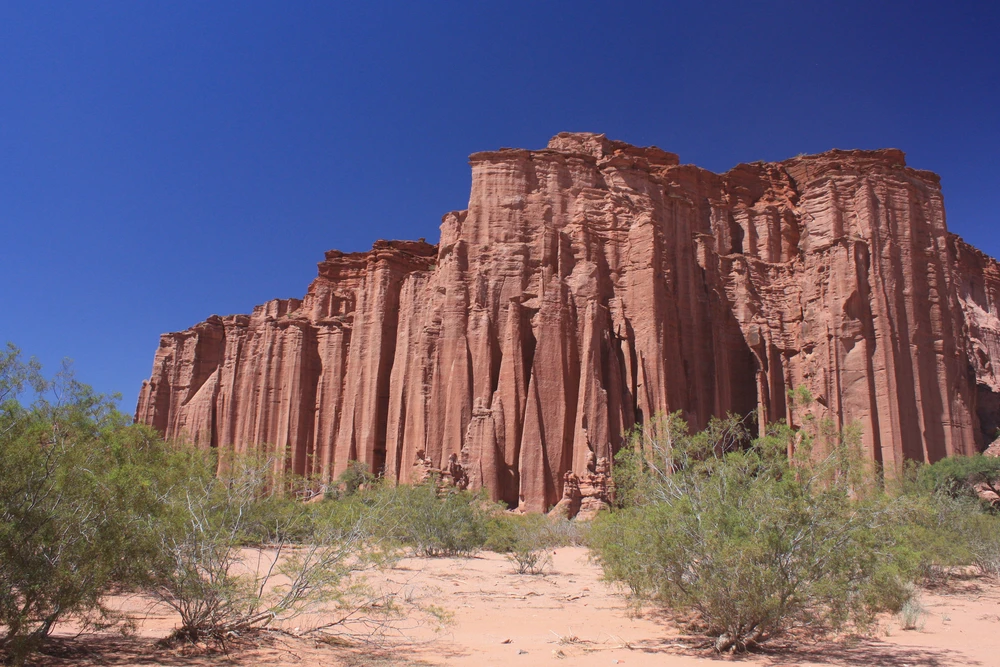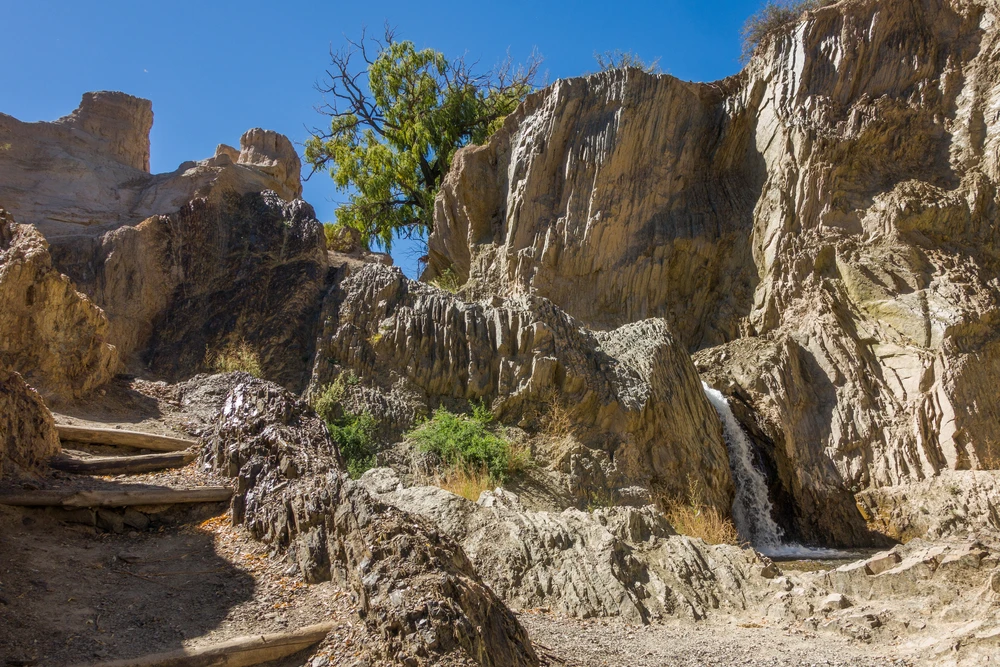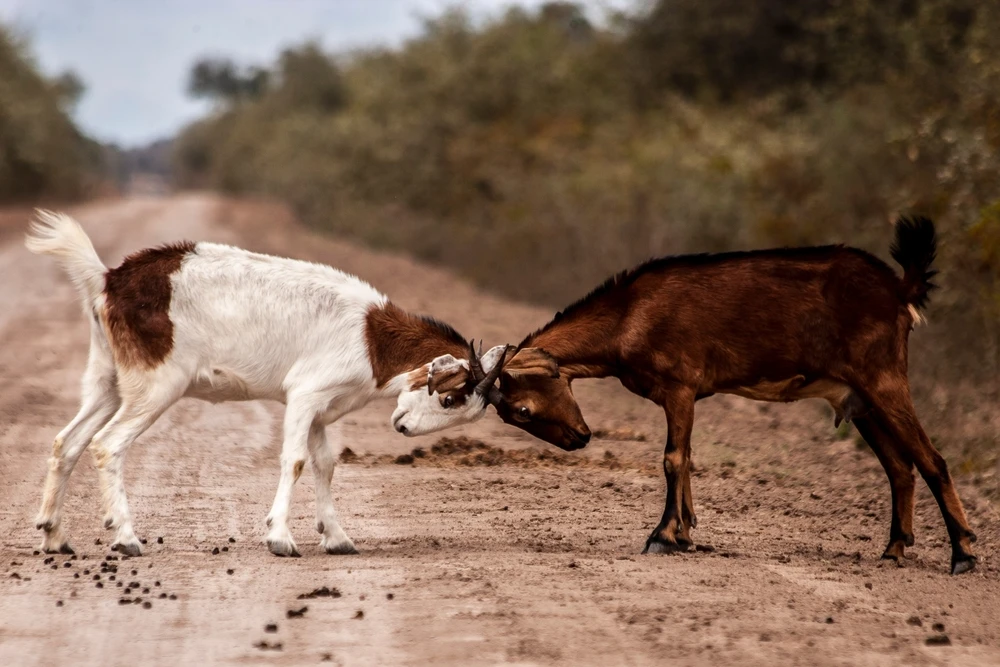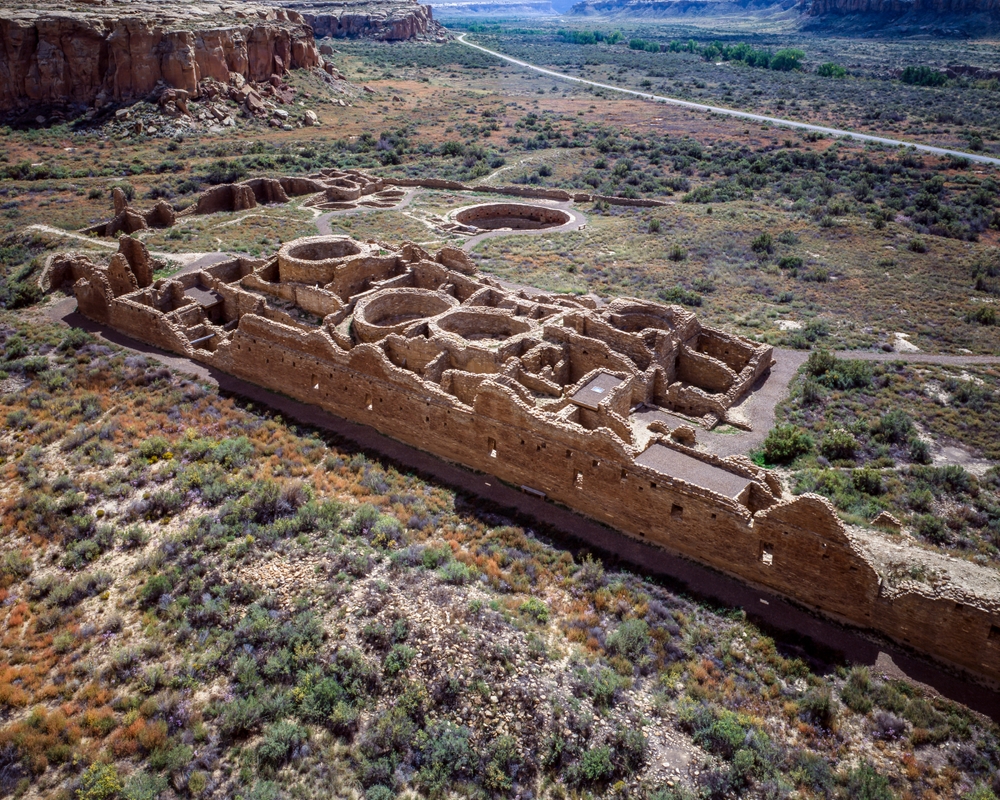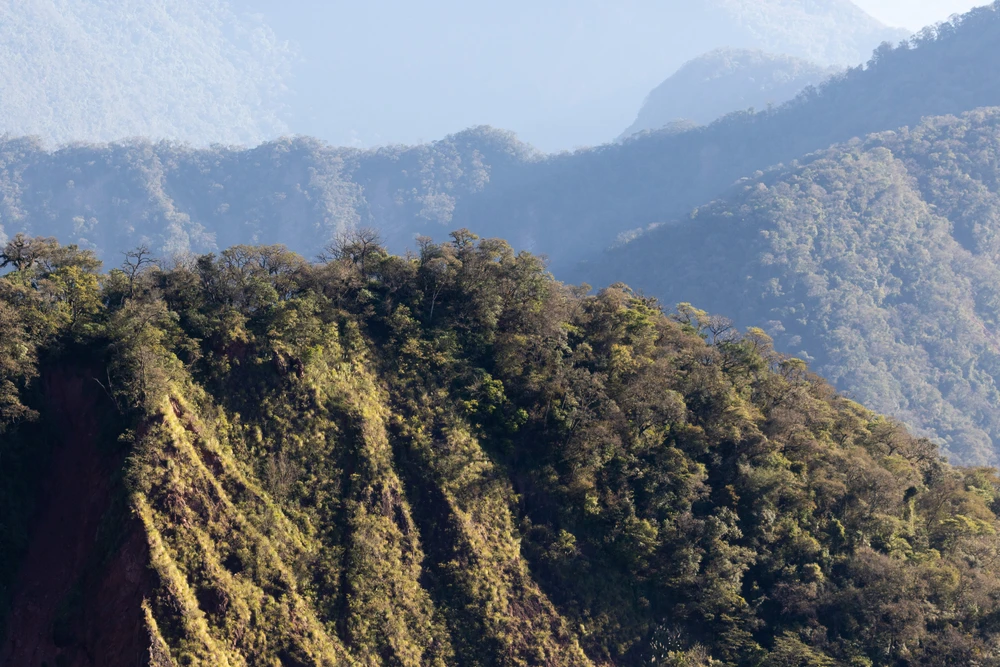El Rey Overview
El Rey National Park, known as Parque Nacional El Rey in Spanish, is located in the Salta Province of northwestern Argentina.
Covering approximately 172 square miles (444 square kilometers), the park is part of the Yungas ecoregion, a transitional zone where the humid subtropical forests of the eastern Andes meet the drier Chaco plains. This diverse landscape provides a habitat for a wide range of plant and animal species, making it a significant conservation area within Argentina’s national park system.
The terrain of El Rey National Park is characterized by rolling hills, deep valleys, and meandering rivers, creating a rich mosaic of environments. The Río Popayán, one of the main waterways in the park, winds through dense forests and grassy meadows, providing water for the diverse flora and fauna.
The vegetation varies with elevation, ranging from lowland forests dominated by towering cebil and tipa trees to cloud forests filled with moss-covered branches, orchids, and ferns. Higher up, the landscape transitions into dry woodlands and open grasslands, creating a striking contrast between the different ecological zones.
El Rey National Park is home to an impressive array of wildlife, making it a prime destination for nature enthusiasts and wildlife observers. Some of the most iconic mammals found in the park include the jaguar, puma, and ocelot, all of which rely on the dense forests for cover and hunting. Other notable species include the tapir, capybara, and collared peccary, which are commonly seen near water sources.
The park also serves as a refuge for the endangered giant anteater, an important species in the region’s ecosystem. Birdwatchers can find more than 300 species of birds, including the striking toucan, the colorful king vulture, and the elusive torrent duck that thrives along fast-flowing rivers. The presence of the harpy eagle, one of the world’s most powerful birds of prey, further underscores the park’s rich biodiversity.
One of the most popular attractions of El Rey National Park is its pristine natural setting, offering visitors a chance to experience an untouched wilderness. The park’s rivers and lagoons provide excellent opportunities for birdwatching and wildlife photography, while the extensive network of trails allows hikers to explore different habitats and elevations.
Camping is permitted in designated areas, allowing visitors to immerse themselves in the sights and sounds of the forest at night. Fishing is also permitted in some areas, following conservation regulations. The park’s remoteness ensures that visitors can experience solitude and a deep connection with nature, far from the crowds found in more developed tourist destinations.
El Rey National Park faces several conservation challenges, including illegal hunting and deforestation in the surrounding areas. The park’s management works to mitigate these threats by implementing strict protection measures and collaborating with local communities to promote sustainable practices.
Successful conservation efforts include the monitoring of key species like the jaguar and the giant anteater, as well as habitat restoration programs that aim to maintain the park’s ecological integrity.
Despite these challenges, the park remains a vital sanctuary for Argentina’s wildlife and continues to provide a unique and immersive experience for visitors seeking an unspoiled natural environment.











































































